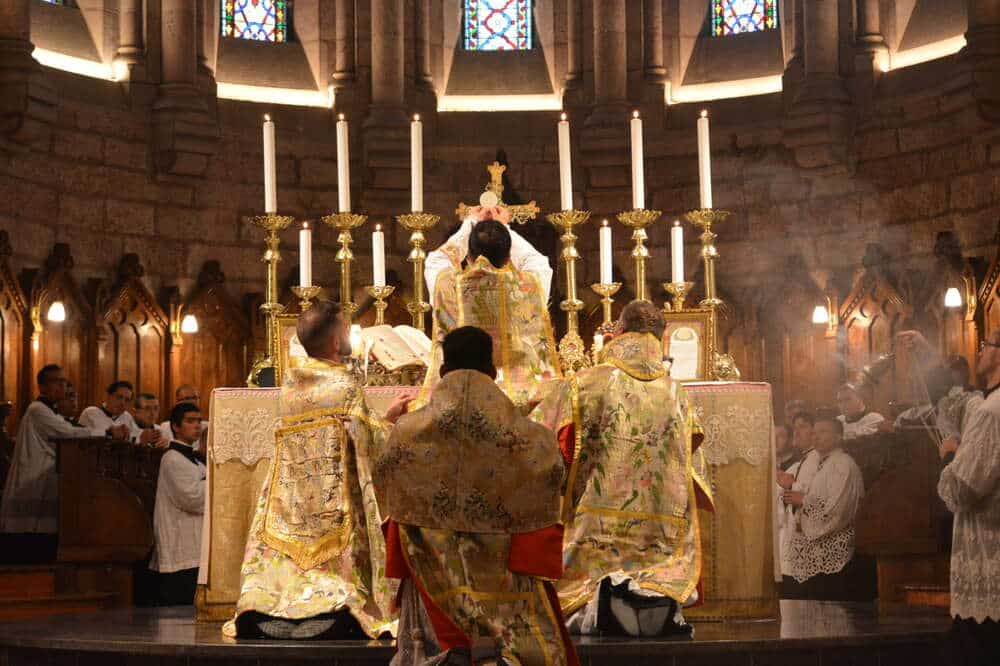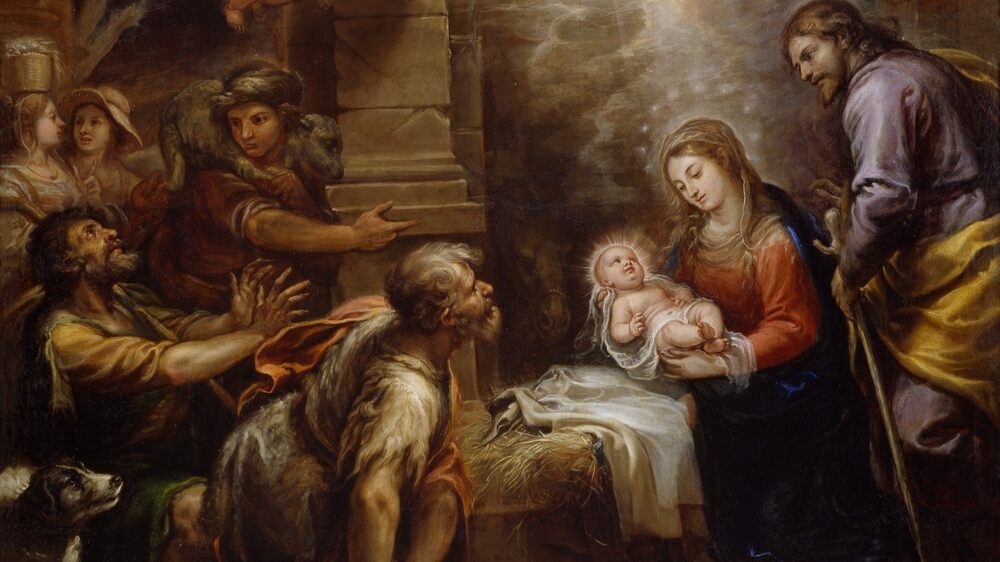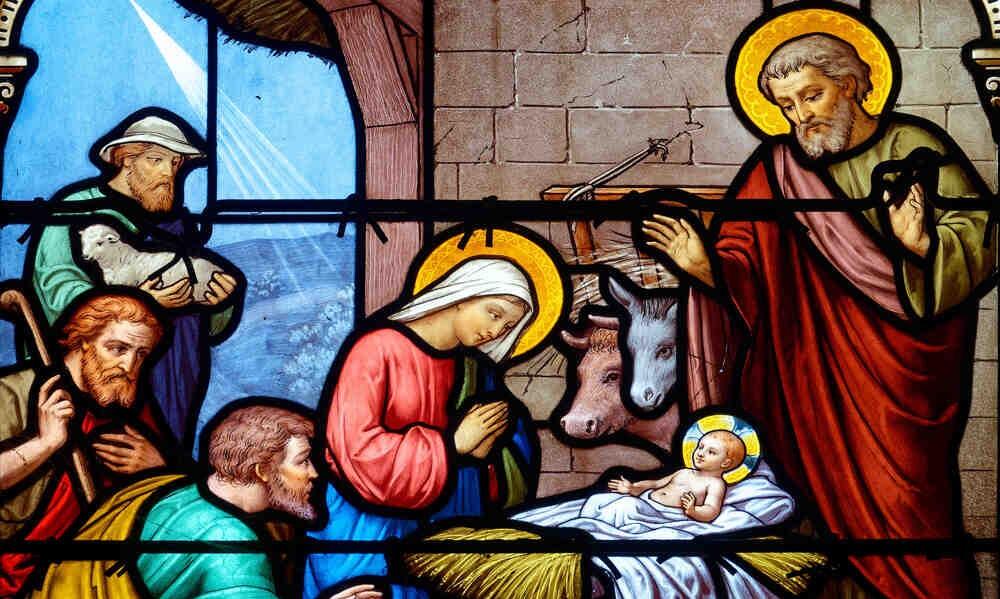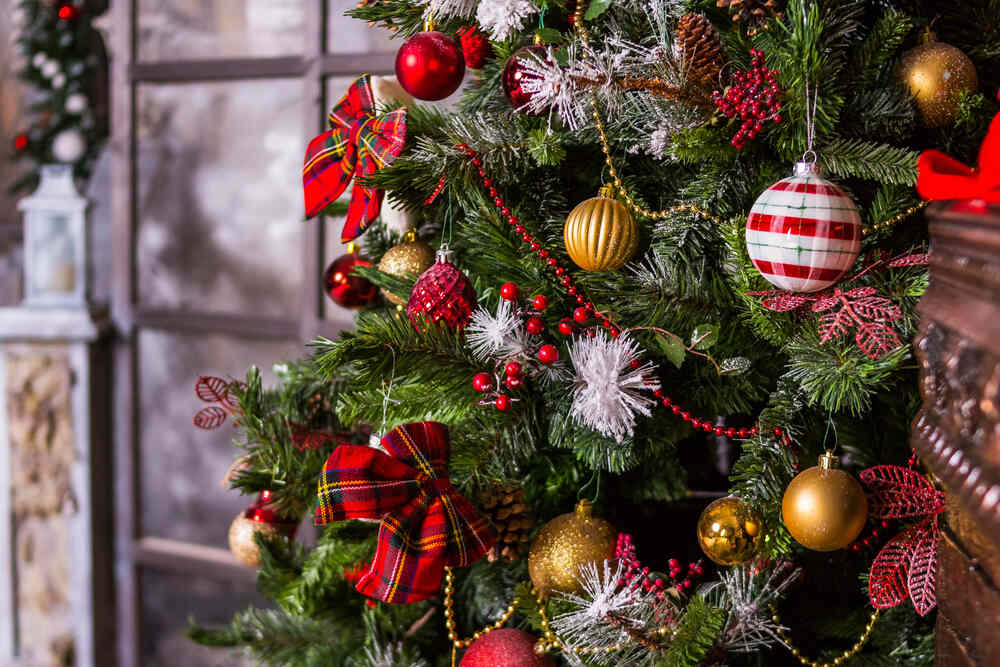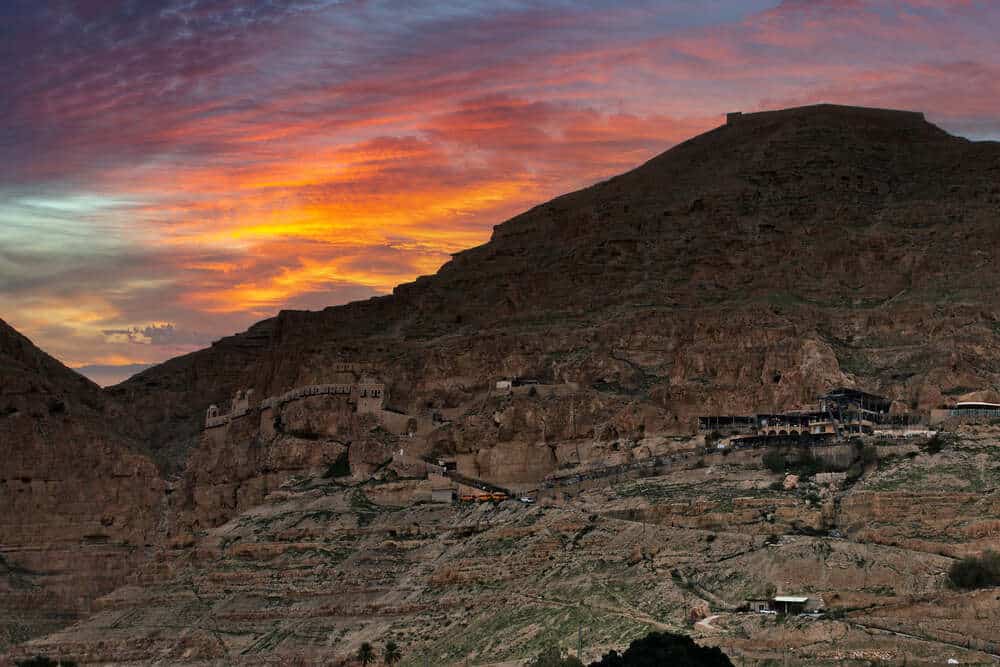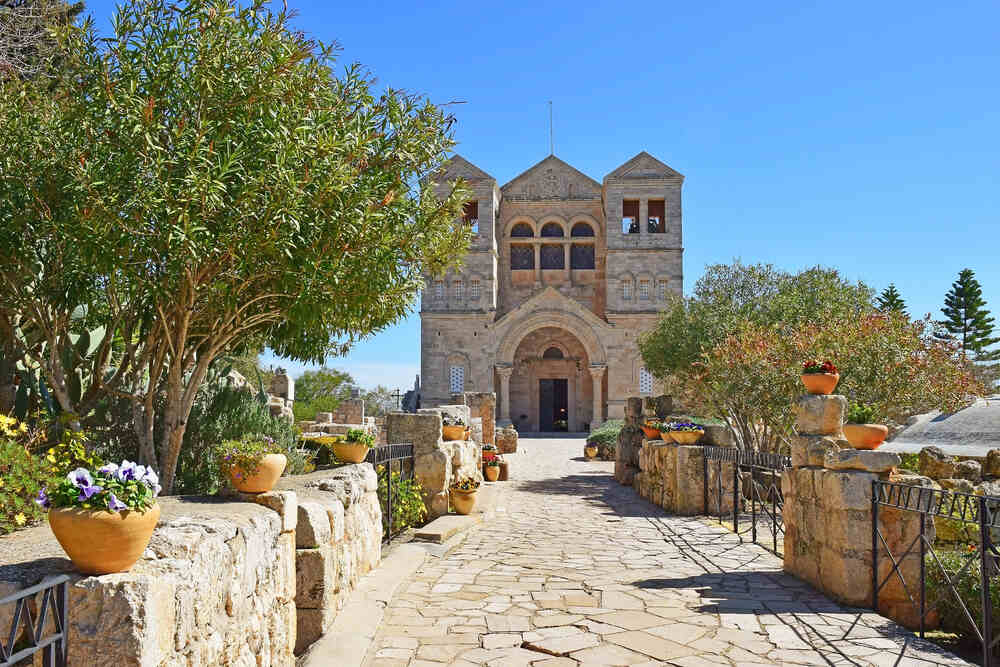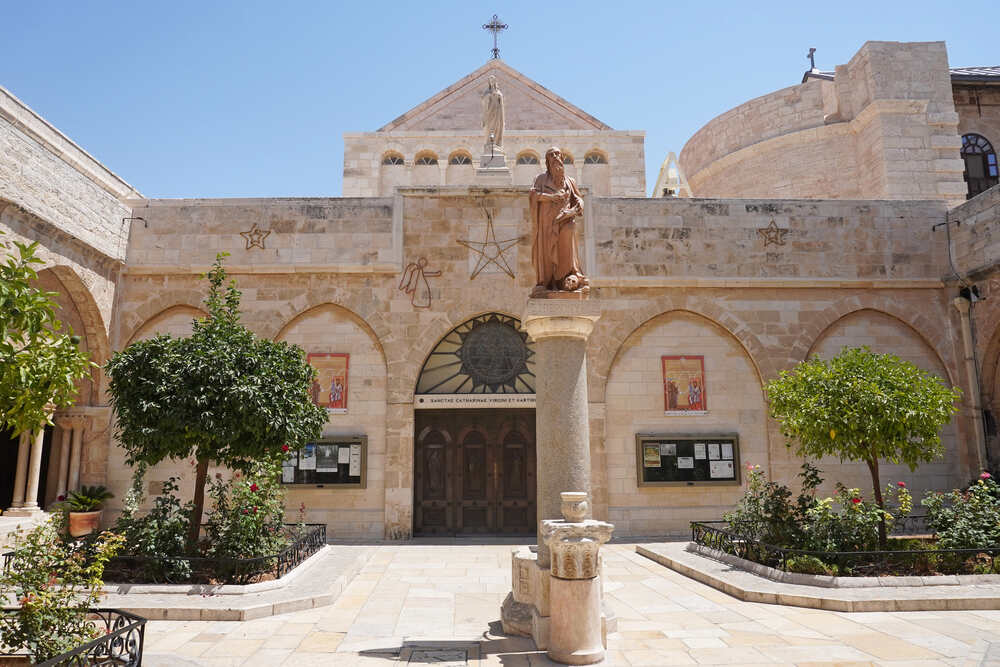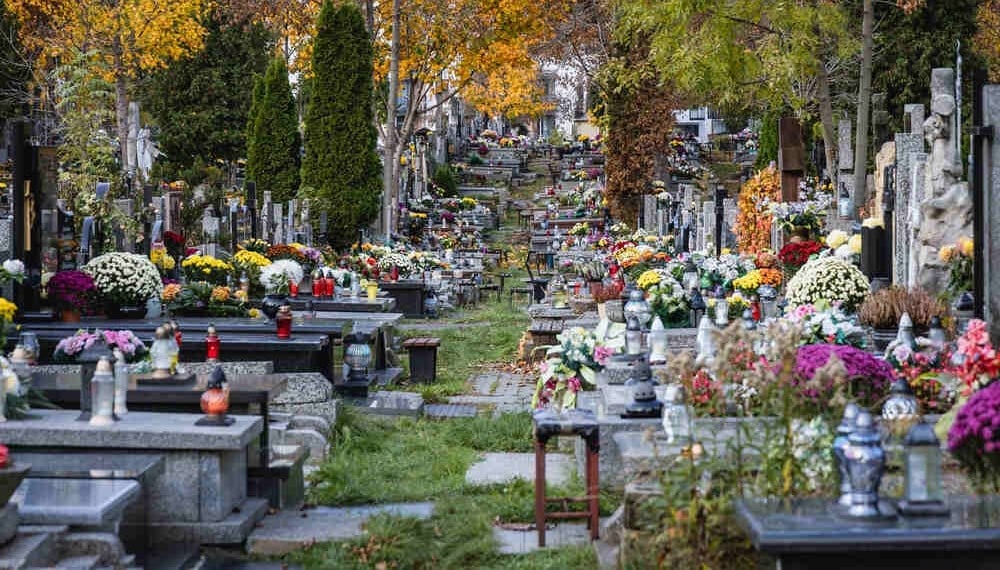Do you know the parts of the Mass and their meaning? Delve into the structure of the Catholic rite and experience the Eucharistic celebration with greater devotion.
The Holy Mass is the Sacrifice of the Body and Blood of Jesus Christ, which is offered on our altars under the species of bread and wine in memory of the sacrifice of the Cross in an unbloody manner. In each Mass, Jesus offers the same Body that He gave on the cross and the same Blood that He shed on Calvary. Thus, He renews His sacrifice of the Cross for the salvation of all mankind. The Holy Mass is the same sacrifice as the Calvary.
Since the beginnings of Christianity, the celebration of the Holy Mass has remained unchanged to this day. It comprises two main moments that form a basic unity:
- Liturgy of the Word: with the readings, the homily, and the universal prayer.
- Liturgy of the Eucharist: with the presentation of bread and wine, the consecratory thanksgiving, and Communion.
The Liturgy of the Word and the Liturgy of the Eucharist together constitute “a single act of worship” (DV. 21). Both moments recall the paschal banquet of the risen Jesus when He appeared to the Disciples of Emmaus:
Then beginning with Moses and all the prophets, he interpreted to them what referred to him in all the scriptures. As they approached the village to which they were going, he gave the impression that he was going on farther. But they urged him, “Stay with us, for it is nearly evening and the day is almost over.” So he went in to stay with them. And it happened that, while he was with them at table, he took bread, said the blessing, broke it, and gave it to them. With that their eyes were opened and they recognized him, but he vanished from their sight. (Luke 24:27-31)
We hope this article helps you meditate on each part of the Mass and experience the Eucharistic Celebration with greater fervor, because as Bishop Tihamér Tóth teaches:
As your Mass is, so will be your faith.
As your faith is, so will be your morality.
As your morality is, so will be your life.
And as your life has been, so will be your eternity.
You can use the Catholic Mass Times app to find the nearest Catholic church with Mass, Confession, and Adoration schedules. It will surely be useful! Download it now.
The 4 parts of the Mass are:
1. Introductory Rites
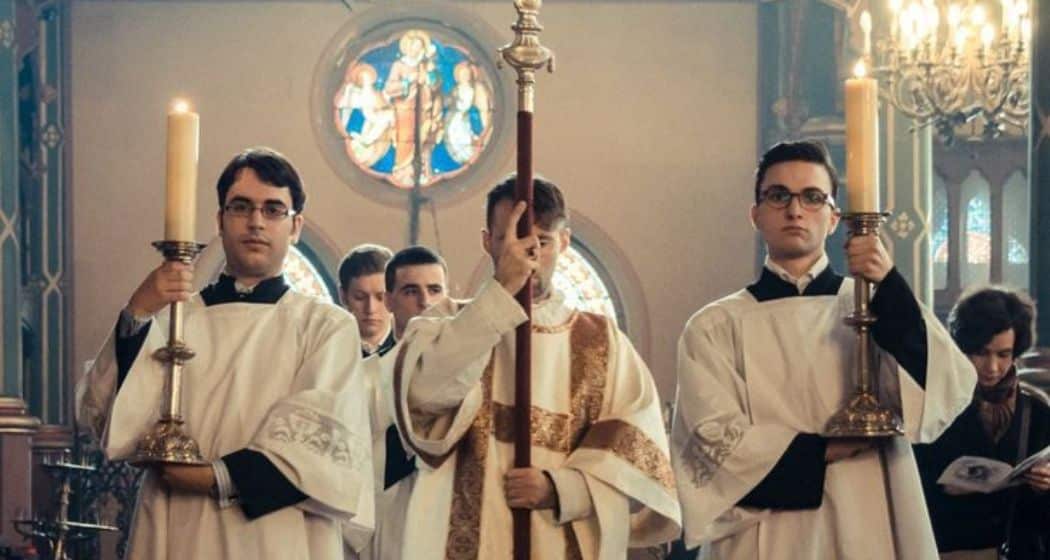
The introductory rites prepare the community for the Eucharistic celebration. They include:
1. Entrance Procession:
The priest, in some cases preceded by the cross, acolytes with lit candles, and the deacon carrying the Gospel, enters through the entrance of the church and proceeds towards the altar. This march represents the Incarnation of the Lord, through which He entered the world to offer Himself for the salvation of mankind.
2. Approach and Kiss of the Altar:
At the end of the procession, the priest bows before the altar or kneels if the tabernacle is at the center of the church. Then, he ascends to the altar, which is usually elevated, and kisses it because the altar represents Christ. In some cases, relics of martyrs are placed under the altar, so the kiss of the altar is also an act of veneration towards those who shed their blood for the Lamb.
3. Incensation:
In solemn celebrations, the celebrant incenses the altar. The incense symbolizes the sweet aroma of Christ, which spreads from the altar to all the faithful. It should remind us that we too should be the sweet aroma of Christ and that we should spread the knowledge and love of God everywhere.
4. Sign of the Cross and Initial Greeting:
The Holy Mass begins with the invocation of the Holy Trinity because it renews the memory of Christ’s sacrifice in honor of the One and Triune God. The priest wants to perform the sacrifice in the name of God the Father, who sent His Son to save us; of God the Son, who gave Himself up to death for us; and of the Holy Spirit, whose eternal love has been the fire that consumed the Heart of Jesus Christ.
Then, the priest presiding over the Eucharist greets the faithful and entrusts them to the Holy Trinity.
5. Penitential Rite:
During the Holy Mass, we are truly in the presence of the Divine Majesty. Therefore, in the face of God’s holiness, man must become aware of the abyss that exists between him and God, between the sinner and the Holy of Holies. Recognizing his sins, he pleads, trusting in His infinite mercy, for forgiveness. This moment fills us with deep reverence for the Lord and leads us into the sacredness of the sacrifice that will soon be offered.
6. Gloria Hymn:
After the penitential rite, the Gloria is sung as a hymn of praise and victory over sin. This song is omitted during Lent and Advent, as a sign of penance.
7. Collect Prayer:
Extending and joining his hands, the celebrant says “let us pray”. With this simple verb, the priest exhorts to prayer. In a brief moment of silence, we can entrust to God our particular intentions. Then, the priest makes a solemn, concluding prayer, gathering all private prayers.
- You may be interested in: The Sacrifice Begins: The Introductory Rites of the Mass
2. Liturgy of the Word
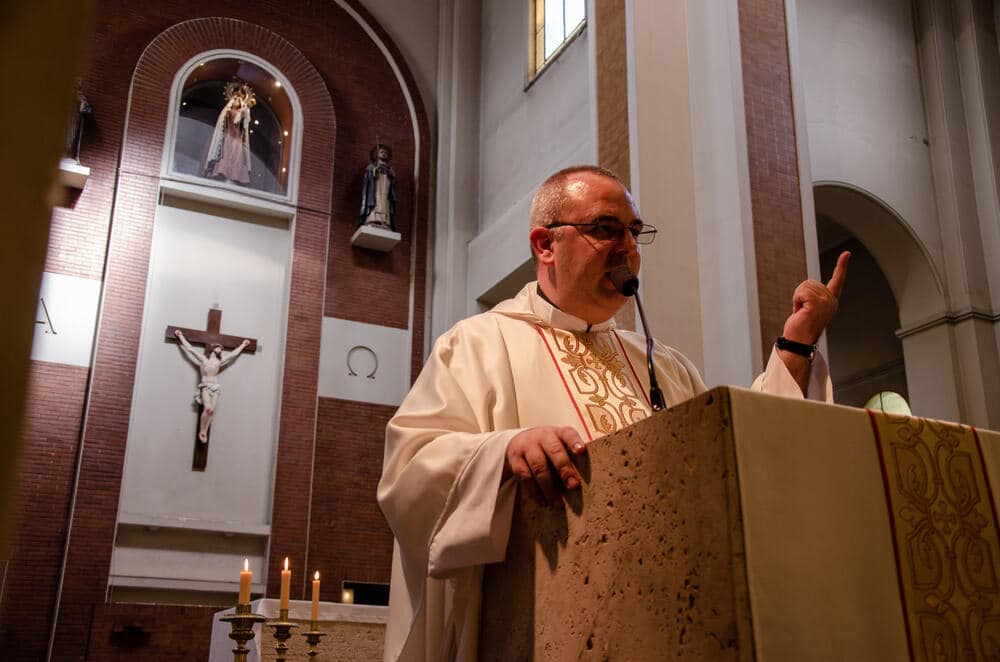
Just as Jesus Christ spent three years of His life preaching before His Passion, in the same way, the Church, before the renewal of the sacrifice of the cross, invites us to prepare ourselves by hearing the Word of God. Precisely when the Holy Scripture is read in the Holy Mass, it is Christ Himself who speaks. We can listen to His preaching just as men and women did in Palestine 2000 years ago.
The second part of the Mass is the Liturgy of the Word. Its objective is to transform the heart to receive and preserve the precious Gift of the Eucharist, nourishing us, first, with His Word. It includes:
1. First Reading:
The First Reading is usually a text from the Old Testament. Just as the preaching of the Gospel was preceded by the announcement of the prophets, in the same way, we must first read the texts that prepared for the coming of the Messiah.
2. Responsorial Psalm:
It is a meditation song that is sung responsively. That is, the people repeat a refrain at the end of the singing of the verses.
3. Second Reading:
A text from the New Testament is read, usually an epistle or letter from St. Paul or the apostles.
4. Gospel Acclamation
The Alleluia is a Hebrew chant that immediately prepares for the proclamation of the Gospel. It is translated as “praise Yahweh”.
5. Gospel:
The reading of the Gospel has an honorific place in the hierarchical order of the Liturgy of the Word because it is closer to the sacrifice. It can only be read by the deacon or the priest. The faithful must listen to it standing to express reverence towards Jesus Christ and receive His message with attention.
6. Homily:
In the homily, the priest explains the message of the Gospel, trying to show what it can tell us today. He also preaches the doctrine that derives from the proclaimed text and exposes norms of Christian life to fully live out Christ’s call.
7. Creed:
After the homily and standing, we recite the Creed, which is the profession of our faith. It consists of a fervent response of the faithful to the Word of God. We believe in everything we have heard.
8. Prayers of the Faithful:
In the Prayer of the Faithful, we pray for the Pope, the bishops, the government leaders and for the various needs of the Christian community.
3. Liturgy of the Eucharist
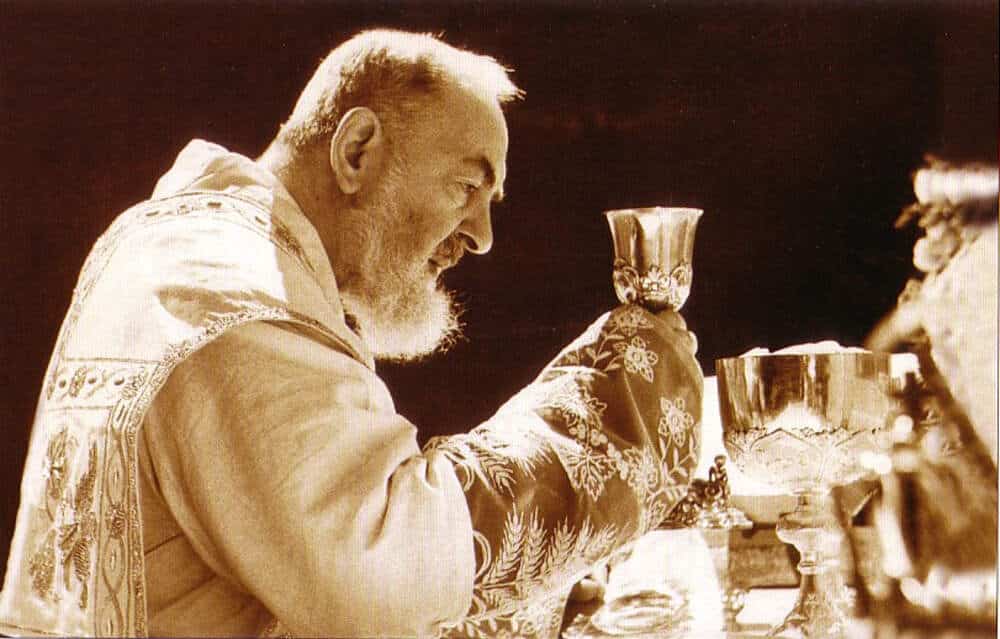
Of all the parts of the Mass, without doubt, the Liturgy of the Eucharist is the most important because it renews and perpetuates Christ’s sacrifice on the cross.
1. Preparation of the Gifts :
The Liturgy of the Eucharist begins with the Offertory. Just as Jesus Christ instituted the Holy Eucharist using bread and wine, in the same way, as the Holy Mass reiterates the actions of the Last Supper, the bread and wine are presented and offered at the beginning of the celebration of the mystery.
At this moment, the faithful offer to God all the spiritual and material goods they have received from His goodness. While the priest prepares everything for the sacrifice, the faithful deposit their offering for the personal sustenance of the celebrant and to contribute financially to the works of the Church.
2. Eucharistic Prayer:
With the Eucharistic Prayer, which is a prayer of thanksgiving and consecration, we reach the summit of the Holy Mass.
It is composed of various prayers. First, the preface in which thanks are given to the Holy Trinity for the creation of the world, the redemption of humanity, and sanctification.
Then the whole assembly joins the entire Heavenly Church, with the angels and saints, singing the Holy.
Next, in the epiclesis, the Holy Spirit is invoked to transform, by His power, the bread and wine into the Body and Blood of Christ.
Afterwards, the institution of the Eucharist is narrated and the priest, in the person of Christ, consecrates the bread and wine. At that moment, the most impressive miracle of all occurs: transubstantiation. The bread and wine are truly transformed into the Body and Blood of Christ, while preserving their external appearances. Jesus becomes present in the Eucharist truly, really, and substantially with His Body, Blood, Soul, and Divinity.
Immediately after, during the anamnesis, the Church performs the memorial of the passion, resurrection, and glorious return of the Lord.
The priest, in the oblation, presents to the Eternal Father the offering of His Son to reconcile sinful humanity with Him. Here the faithful can offer their lives and sufferings in union with Christ for the redemption of the world.
Then, in the intercessions, the Church expresses that the Eucharist is celebrated in communion with the entire Church in Heaven and on Earth, of the living and the dead. Also, in communion with the pastors of the Church: the Pope, the bishops of the diocese, priests, deacons, and all the bishops of the world.
The Eucharistic Prayer concludes with the Final Doxology in which God is glorified. The people respond “Amen”.
3. Our Father:
The Our Father in the Liturgy of the Eucharist is a preparatory prayer for Communion. In its petitions, it summarizes and synthesizes the Eucharistic prayer. The priest extends the last petition (“deliver us from evil”). Precisely by having true inner peace, we can remain free from sins and protected from all disturbance. This prepares the soul to receive the bread of heaven with greater benefit “as we await the blessed hope and the coming of our Savior, Jesus Christ”.
4. Exchange of Peace :
The greeting of peace recalls the Lord’s teaching in the Gospel about the proper disposition with which one should approach to bring offerings to the altar:
Therefore, if you bring your gift to the altar, and there recall that your brother has anything against you, leave your gift there at the altar, go first and be reconciled with your brother, and then come and offer your gift. (Matthew 5:23-24)
The exchange of peace affirms fraternal feelings.
5. Fraction Rite:
With the fraction of the bread, the gesture of the Lord is imitated, who, at the Last Supper, after taking the bread, broke it before giving it to his disciples. Remember that the Lord multiplies His presence in each consecrated host.
6. Commingling:
The priest drops a particle of consecrated bread into the chalice containing the Blood of Christ. It symbolizes the death of Christ, broken on the cross for our sins.
7. Agnus Dei (Lamb of God) Chant:
While the celebrant performs the rites of breaking the bread and commingling, the faithful sing the Lamb of God. This prayer recalls the words of St. John the Baptist when presenting Jesus:
Behold, the Lamb of God, who takes away the sin of the world! (John 1:29)
The figure of the lamb represents the victim of sacrifice. Jesus has offered Himself to take away the sins of the world.
8. Communion:
The priest elevates the Eucharist and shows it to the faithful. Then he receives communion. Afterwards, he distributes Holy Communion among the faithful who walk in procession to the altar. After receiving Holy Communion, it is advisable to remain in silence, giving thanks to God for such a gift.
9. Post-Communion Prayer
After storing the consecrated hosts that have remained in the tabernacle and purifying the elements of the sacrifice, the priest prays that the fruits of the celebrated mystery may be obtained.
4. Concluding Rites

The Holy Mass concludes as follows:
1. Final Blessing and Dismissal:
The priest gives the final blessing and dismisses the faithful, exhorting them to live out the fruits of the Holy Mass in their daily lives.
2. Hymn to the Blessed Virgin and Recessional Procession:
While the priest, along with the altar servers and the deacon, leave the church, a hymn is sung in honor of Our Lady, imploring her help and maternal protection.
To reflect on the parts of the Mass:
You can use the Catholic Mass Times app to find the nearest Catholic church with Mass, Confession, and Adoration schedules. It will surely be useful! Download it now.
What is the Holy Mass and What is Its Meaning?
The Holy Mass is the renewal of Christ’s very sacrifice on the cross in an unbloody manner.
What Are the Parts of the Mass?
The Mass is divided into four main parts:
- Introductory Rites: These include the greeting, the penitential act, and the collect prayer.
- Liturgy of the Word: The biblical readings, the Gospel, and the homily are proclaimed.
- Liturgy of the Eucharist: The consecration of the bread and wine takes place, transforming them into the Body and Blood of Christ.
- Concluding Rites: The blessing and dismissal of the faithful are given.
Why Is It Important to Attend Mass on Sundays?
Attending Mass on Sundays is a divine and ecclesiastical mandate, as Sunday is the Lord’s Day, in memory of Christ’s Resurrection. The Church teaches that it is a grave duty to participate in Sunday Mass to nourish our spiritual life and strengthen our relationship with God.
What Happens During the Consecration?
During the Consecration, through the words of the priest and the power of the Holy Spirit, the bread and wine become the Body and Blood of Christ. This miracle, known as transubstantiation, makes Jesus truly present in the Eucharist, although the appearances of bread and wine remain.
How to Prepare Spiritually for the Holy Mass?
To participate worthily in the Mass, it is recommended to:
- Be in a state of grace (confess if necessary).
- Arrive early to pray and recollect oneself.
- Follow each part of the celebration attentively.
- Receive Communion with reverence and gratitude.
- Remain in thanksgiving after Communion.

